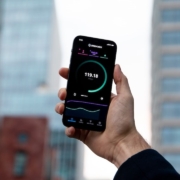A 5G spectrum in the APAC region from GSMA
Countries in the Asia Pacific region have been at the forefront of many mobile technologies. The first start in Japan of launching 3G network, and the first commercial 5G began in South Korea. The difference in the historic establishment of fixed telecommunications networks between countries has had some effect on the uptake of mobile. No matter how the difference, all countries have seen a massive growth in the number of subscribers and the capabilities of mobile networks. Today the mobile industry is in the early stages of the 5G era. Widespread 5G adoption will take time, with 1.8 billion 5G connections by 2025, representing a state of approximately 20%. As 2G and 3G still continue to exist alongside 4G in today, those will have a key role coexisting with 5G into the 2030s. It is important to recognize that although the steps may be the same for each country, the detailed activities under each may vary. The key frequency bands to priorities for 5G ate the 3500 MHz range, 700 MHz and mmWave. The density of use, ease of moving incumbents to alternative frequency bands or alternative technologies; and impact on service and users. Care must be taken to consider the socio-economic benefits that arise from both old and new uses of spectrum. When considering the level of investment necessary for new 5G networks, it will be important that spectrum fees ate not set at high levels that will prevent operators from investing, which will impact on network roll-out and quality and drive up the cost of services. The approach adopted and associated license obligations will need to take account of policy objectives, available spectrum, and market specifics .
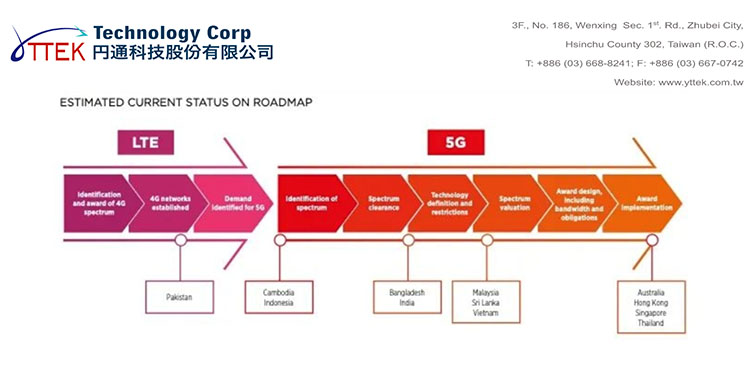
While some countries may be more advanced than others, it is cleat that all are working towards ensuring that 5G networks are deployed and operational. Spectrum clearance is genertally underway, although come countries are concentration only on one band (3500 MHz band) ar a priority which may lead to poorly simensioned and costly networks. Across Asia Pacific, some countries have been global leaders in the rollout of 5G. the first commercial 5G network in the world was launched in South Korea on 3rd April 2019. To build a 5G network with the best possible performance, operators need access to significant amount of harmonizes spectrum. This must be new spectrum separate from what is currently used for existing GSM, UMTS and LTE networks.

Spectrum status of 5G deployment in APAC Linking the variation in 5G depliment and difference in spectrum awards, countries have taken a very diverse approuch to aearding spectrum for 5G. a few countries have become the first in the world to aeard spectrum in the mmWave bands, with both 26 GHz and 28 GHz spectrum available in selested locationa. The 700 MH whoch was developed by the APT and adopted as a harmonised band in 2010 has neeed awarded on some countries. This band remains unacailable in many major APAC carkets sue to delays in the switch-off onf analogue TV and scross-border cooedination issues, there hava even been awards at 450 MHz wich can be applied to 5G networks. However, there remain a number od countries where spectrum for 5G has not beed awarded. A key point here is the need for regulators to consider spectrum needs not only for the short-term but also the long-term. In particular, the 4.8 GHz and 6 GHz bands may be key mid-band spectrum for 5G expansion. The GSMA estimated that by 2030, total mid-band spectrum demand for 5G services in cities will be, on average, 2 GHz 0 this is likely not achievable in the 3500 MHz band along. Regulators across APAC mist consider the use of these other bands and support their allocation to IMT at WRC-23, to ensure first that there can be high-quality broadband connections available to al citizens in their countries, and also that network expansion will not be hampered by an overly myopic spectrum release strategy. Australia is one of the leading markets in the Asia Pacific region in terms of the 5G rollout. it was enabled by the timely release of suitable 5G spectrum bands, particularly in the 3500 MHz band. As of Q2 2021 5G population coverage in Australia had reached 76.6% (GSMA Intelligence).
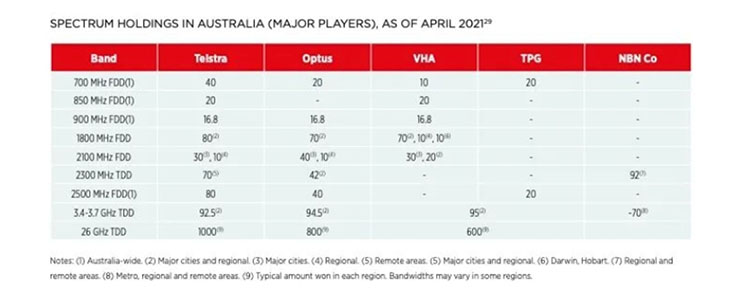
The Australian Communications and Media Authority (ACMA) has completed spectrum awards in the 3600 MHz (3575-3700 MHz) band in December 2018 and in the 26 GHz band in April 2021.
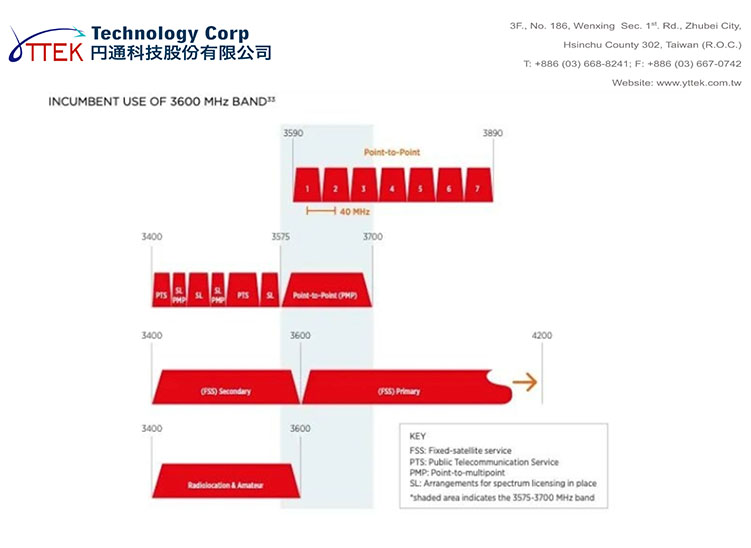
Spectrum in the 3400 to 2575 MHz range, 3400 MHz, in Australia hd previouls need assigned throuhgt different mechanisms which include administrative and class lidensing, these arranfements authorise a vatirty of services, including witeless broasband, fixed satellite, radiolocation and amateur services. The ACMA consider that the combination of measures would best maximise the overall public benefit derived from use od the band, while minimising the impect on incumbent services. In august 2021 the ACMA published a consultation on the technical options for the use of th 3400 MHz for witeless broadband in urband areas. The timeframe for the release of the refarmed 3400 MHz is expected to be quring Q2 2022 to Q2 2023. In Australia the 3700 to 4200 MHz band support a mic of incumbent uses including apparatus licensed point-to-point fixed service links(PTP), coordinated fixed satellite service(FSS) receive earth stations nad various low power class licensed devices. In February 2022, the Australian Government affirmed the ACMA’s decisiond on the allocation of the 3400-3575 MHz and 3700-4000 MHz for new and innocative techobologies including 5G.
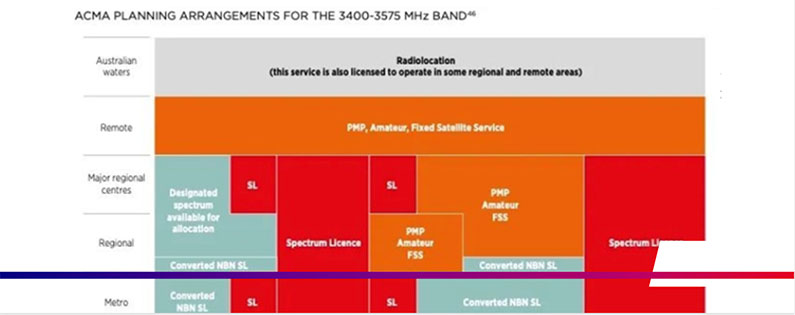
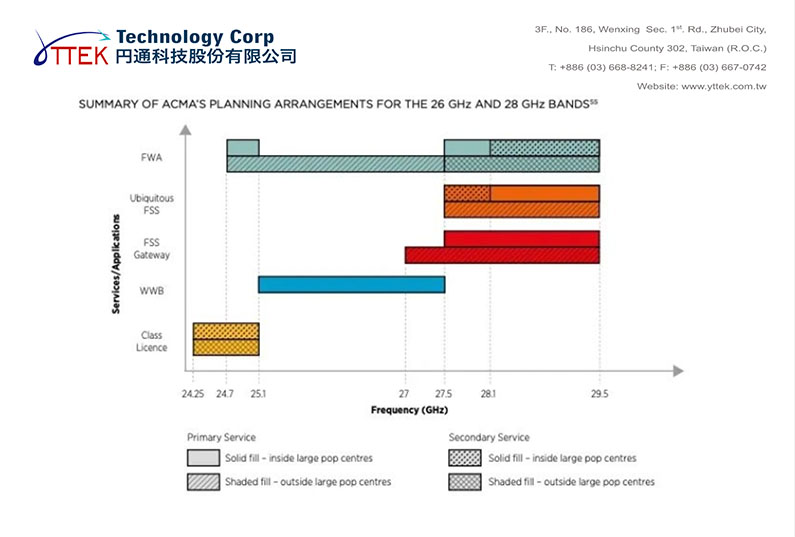
The status in APAC


